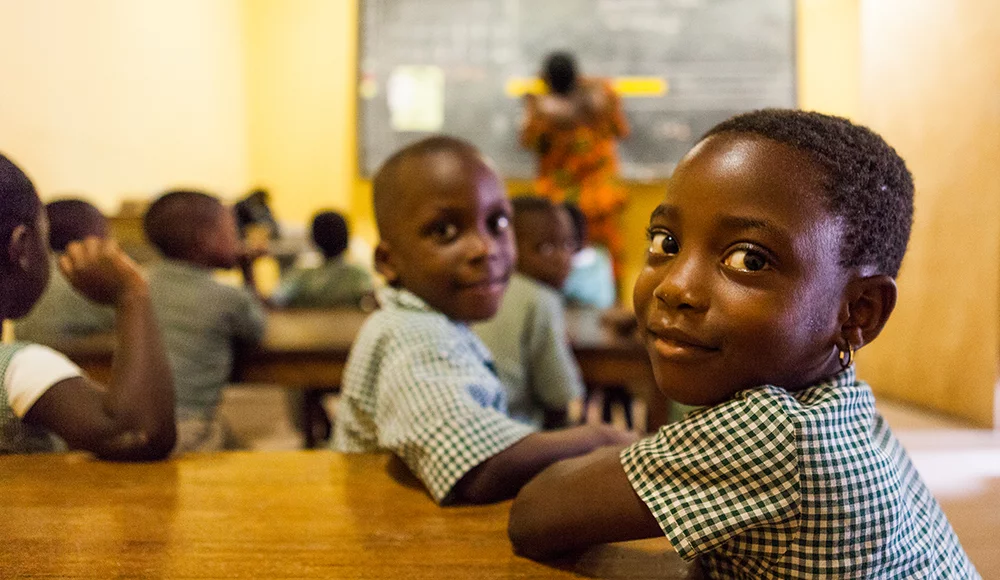
Washington, USA, 15 October 2024 -/African Media Agency(AMA)/- Despite signs of a fragile economic recovery, Sub-Saharan Africa, remains stuck in “low gear” with a large youth population at risk of being left behind. According to the latest edition of Africa’s Pulse, the World Bank’s twice-yearly regional economic update released on October 14, two factors are critical to jumpstart inclusive growth: stabilizing economies and transforming education to equip the region’s growing workforce with stronger foundational skills and market relevant expertise.
The report, which is in its 30th edition and on the theme of Transforming Education for Inclusive Growth, says economic activity in the region is projected to grow by 3% in 2024 from a low of 2.4% in 2023, driven primarily by growth in private consumption and investment. Inflation is forecast to ease from 7.1% in 2023 to 4.8% in 2024, helped by tighter monetary and fiscal policies, more stable currencies, and fewer supply chain disruptions.
However, this recovery is not enough to lift millions out of poverty. Growth per capita remains sluggish – just 0.5% in 2024, compared to an average of 2.4% between 2000 and 2014. Challenges like conflict, climate change, and soaring debt service costs are undermining progress. In 2024, 34% of government revenues across the region will be spent on debt servicing, leaving little room for productive investments.
“African governments are making strides to stabilize their finances and close budget gaps,” said Andrew Dabalen, World Bank Chief Economist for the Africa Region. “But high debt burdens are limiting investments in critical areas like education, health and infrastructure, which are essential for long-term, inclusive growth.”
Africa’s working-age population is expanding faster than any other region, driven by progress in child survival over the last two decades. Yet, Sub-Saharan Africa spends less on education per capita than any other region. To achieve universal education by 2030, the authors of Africa’s Pulse estimate that education systems would need to absorb about 170 million more children and adolescents – requiring an estimated 9 million new classrooms and 11 million new teachers.
This is a daunting challenge, but the region has already made significant strides: 270 million children are enrolled in primary and secondary schools today, and primary school completion rates have improved substantially since 2000.
“Looking ahead, Africa’s youth will need to be well educated and appropriately skilled to access better jobs and take advantage of new digital and green economy opportunities,” said Dabalen. “Evidence-based planning and smart spending will be crucial to expanding access while improving learning and employment outcomes.”
Currently, 7 in 10 children in Sub-Saharan Africa do not have access to pre-primary education, and fewer than 1.5% of youth aged 15 to 24 are enrolled in vocational training, compared to 10% in high-income countries. Closing these gaps is vital for unlocking Sub-Saharan Africa’s economic potential and driving sustainable, inclusive growth. Supporting entrepreneurship and new startups, allowing small businesses to grow, and attracting larger and established firms is also essential so that skilled graduates find meaningful job opportunities when they try to enter and advance in the workforce.
Distributed by African Media Agency (AMA) on behalf of World Bank Group.

